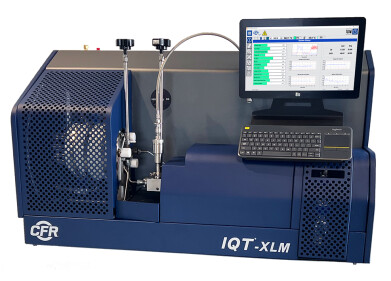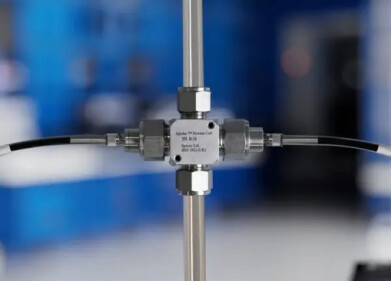Analytical Instrumentation
VUV Verified™ Hydrocarbon Analysis (VUV-VHA™) Automates Fuel Stream Hydrocarbon Characterisation
Apr 10 2018
VUV Analytics, Inc. has developed a method for detailed hydrocarbon speciation and compound class analysis of fuel stream analytes that provides automated data analysis and verification through the VUV PIONA+™ product solution. VUV Verified™ Hydrocarbon Analysis (VUV-VHA™) utilises retention time, retention index, and spectral information to speciate approximately 140 compounds commonly found in gasoline, while fully characterising the paraffin, isoparaffin, olefin, naphthene, and aromatic (PIONA) group composition of samples. The method follows ASTM D6730 chromatographic parameters but eliminates the need for pre-column tuning. VUV-VHA™ data processing and review time averages 2 – 3 minutes per sample, in contrast to traditional Detailed Hydrocarbon Analysis (DHA) peak integration and assignment protocols that can take a DHA analyst 45 minutes or more.
VUV PIONA+™ product solution combines a VGA-100 vacuum ultraviolet (VUV) absorption GC detector and an analysis engine called VUV Analyze™ that performs rapid spectral identification and quantitative analysis. GC-VUV absorbance data is three dimensional (retention time, absorbance, and spectral response through the VUV wavelength region). VUV absorbance spectra are typically highly structured and distinct for individual chemical compounds, yet exhibit the intuitive property of having similar features when measuring related compound classes. VUV Analyze™ software implements equations and fit procedures that result in the deconvolution of co-eluting peaks and accurate reporting of individual compounds and bulk hydrocarbons. All critical separation pairs specified by ASTM D6730 are achieved by the deconvolution algorithms. VUV Analyze™ data processing includes a database library of VUV reference spectra, compound class information, density, retention index values, relative response factors for each hydrocarbon class, as well as relative response factors for individually speciated compounds.
VUV Analyze™ setup for VUV-VHA™ analysis requires an initial setup step of checking compound retention times from the user’s chromatography system against database information provided by VUV, then making retention time window adjustments where necessary. VUV-VHA™ has been optimised using ASTM D6730 conditions that include a cryogenic start and use of a 100m x 0.25mm x 0.50µm Rtx-DHA GC column, but does not involve lengthy pre-column tuning procedures. Once the GC runs have completed, the user simply loads the relevant run files and initiates the VUV Analyze™ automated data processing routine. Figure 1 shows an example VUV Analyze™ report output of a gasoline analysis using the VUV-VHA™ method. The speciation of >140 gasoline analytes and relative classification of PIONA compounds is reported in both mass and volume %. The VUV-VHA™ method is a robust, accurate, and less labor-intensive alternative to traditional DHA methods. For more information visit www.vuvanalytics.com. Visit our Fuels Refining page to learn about ASTM D8071, or contact us to get started with VUV-VHA™ simplified hydrocarbon analysis.
Digital Edition
PIN 25.5 Oct/Nov 2024
November 2024
Analytical Instrumentation - Picturing Viscosity – How Can a Viscometer or a Rheometer Benefit You? - Sustainable Grease Formulations: Evaluating Key Performance Parameters and Testing Method...
View all digital editions
Events
Dec 03 2024 Dusseldorf, Germany
Dec 08 2024 Anaheim, CA, USA
Turkey & Black Sea Oil and Gas
Dec 11 2024 Istanbul, Turkey
Dec 19 2024 Aurangabad, India
Jan 20 2025 San Diego, CA, USA



















